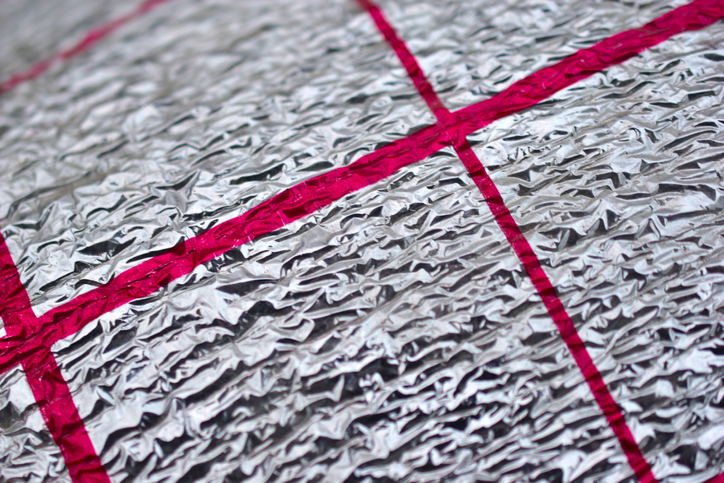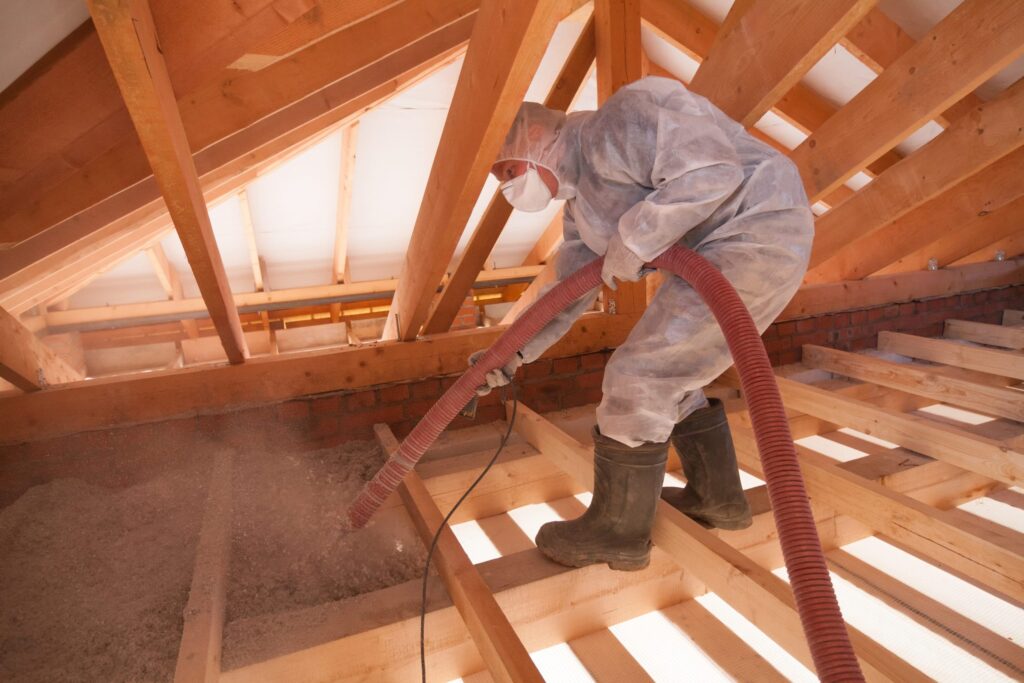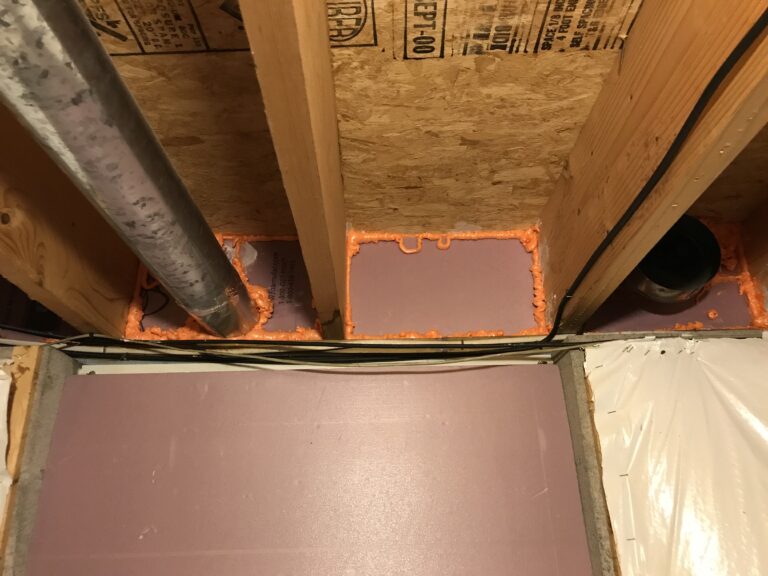Here are a few common mistakes that installers may make when installing insulation:
Compressing Insulation: In order to achieve its proper R-values, insulation needs to retain its fluff! By squeezing it together, installers can reduce the effectiveness. Think about a sheet versus a comforter. Insulation wants to work like a giant comforter for your house, and it’s meant to be fluffy, like a comforter. Of course, it is a little bit more complicated than that, but you get the idea.
Not sealing air leaks: Before installing insulation, it is important to identify and seal any air leaks that may be present in the home. If these leaks are not sealed, the insulation will not be effective at preventing heat loss.
Not using the right type of insulation: Different types of insulation are designed for different applications, and it is important to select the right type for the job. For example, batt insulation may not be suitable for use in a crawl space without proper supports, as it may sag or become compressed over time.
Not installing enough insulation: Insulation needs to be installed to the recommended depth and thickness in order to be effective. If there is not enough insulation, it will not be able to properly regulate the temperature and energy efficiency of the home.
Not fitting the insulation tightly: Insulation needs to be fitted tightly with no gaps or compressions in order to be effective. If there are gaps or compressions, heat will be able to escape, reducing the effectiveness of the insulation.











